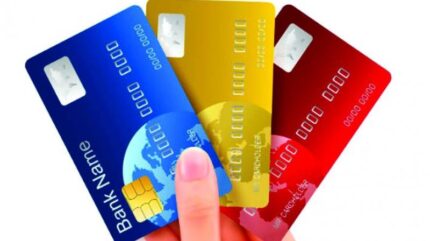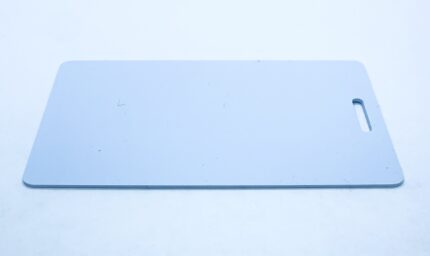Click on the button below to view SIM Card TELECOMMUNICATIONS Information
GSM (Global System for Mobile Communications, originally Groupe Spécial Mobile), is a standard developed by the European Telecommunications Standards Institute.(ETSI) to describe protocols for second-generation (2G) digital cellular networks used by mobile phones. As of 2014 it has become the default global standard for mobile communications – with over 90% market share, operating in over 219 countries and territories.
SIM card (Subscriber Identification Module Solutions).Mobile telecommunications is one of the most advance technology which touching every part of the World. Smart-phones and other latest mobile devices have made a significant impact in the telecommunications market and have brought greater convenience. Flexibility to millions of people worldwide. Millions of users now depend on and enjoy the benefits of multiple SIM-secured devices every day. In developing nations. Wireless communications has changed the lives of individuals who previously had no access to telecommunications services.
There are lots of information travels over mobile networks. More and more SIM card solutions are deployed every day. The Subscriber Identification Module (SIM) has proven to be the element of choice to secure telecommunications and to strengthen the link between the telecomm network and the end user. The SIM, Subscriber Identity Module, is a smart microprocessor chip for mobile phones used in all GSM and 3G networks (also it is called the USIM). The SIM can also be used on other digital telephone networks such as IDEN and some versions of CDMA. With a microprocessor base, SIM cards are similar to a mini-computer with its own operating system, storage and built-in security features. When configured with up-to-date cryptography, as recommended by NIST, BSI, ANSSI, etc., SIM cards provide a level of security with high tech services. The SIM card can add, delete and manipulate information within its memory, on top of sending and receiving data. A SIM card can be replaced by users and slides easily into a slot within your phone or mobile device. A regular SIM measures 15 millimeters x 25 mm and a newer, smaller version of the SIM, called the micro SIM or 3FF SIM card is 12mm x 15mm.
Every year new applications are emerging that make the SIM card a crucial piece of the solution. Smartcard America partners with the telecomm network around the world and creates to make these new technologies less expense. Reliable and appealing.
GSM was designed with a moderate level of service security. The system was designed to authenticate the subscriber using a pre-shared key and challenge-response. Communications between the subscriber and the base station can be encrypted. The development of UMTS introduces an optional Universal Subscriber Identity Module (USIM), that uses a longer authentication key to give greater security, as well as mutually authenticating the network and the user, whereas GSM only authenticates the user to the network (and not vice versa). The security model therefore offers confidentiality and authentication, but limited authorization capabilities, and no non-repudiation.














